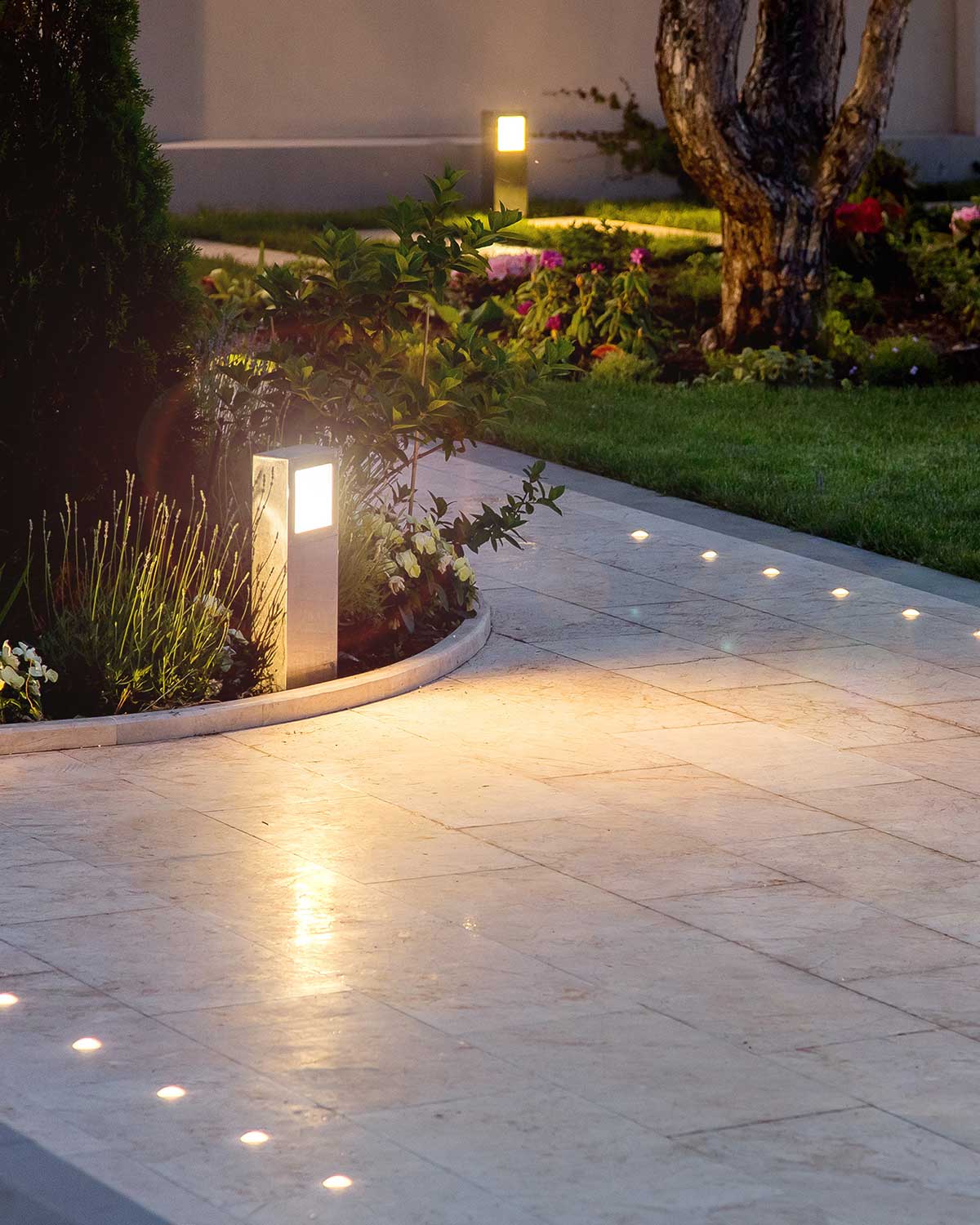We recommend more than one kind of grass seed. Kentucky bluegrass is slower to establish.
Fine fescue can be compatibly mixed with Kentucky bluegrass, are reasonably shade-tolerant and don’t fare badly with fertility. Can take infrequent irrigation, but still require precipitation. It can’t live without water. Fine fescues tend to form dense bunches.
Tall fescue allows for a grass which is drought-tolerant, has good wear tolerance and is ideal for low-maintenance turf. Some tall fescues don’t produce a traditional-looking lawn, but it’s reasonably shade-tolerant, it bunches out when it gets dense and provides good recovery from drought.
Perennial ryegrass – fast to emerge from seed and establishment is fairly rapid. Excellent looking aesthetics and good wear tolerance because of its rapid growth.
A renovated lawn will take time – several months before it is ready to handle any significant stresses.
Seed-to-soil contact is essential and it is advisable for the customer to wait to mow for the first time until the grass becomes a plant and isn’t just shoots. Aeration followed by seeding work well to achieve the right seed-to-soil contact.
Due to the need to keep your lawn moist to encourage the germination of the seeds, keep the soil moist for 14 – 21 days.
What about the turf that didn’t come back? There are several reasons why turf did not come back:

Need inspiration?
When you start to think about designing the perfect yard, deck, patio or backyard oasis, it can be helpful to have some solid ideas of what you want to achieve. We can help with that.
